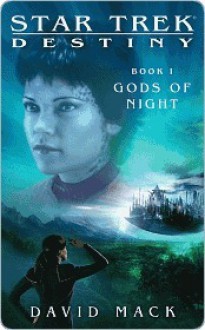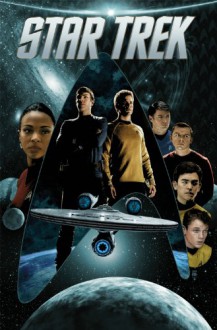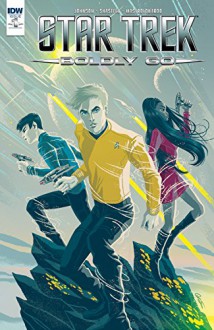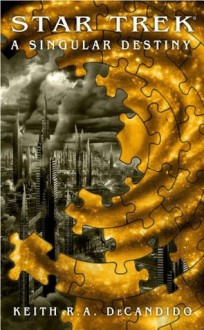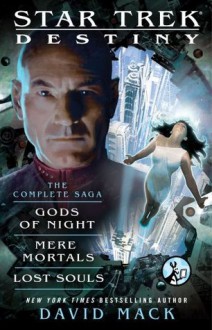Recently, I read my way through the Collected On-going Star Trek, its follow up series, and two special limited runs. I think it was a reaction to the Orange One’s comments about Charlottesville.
The comics take place in the Kelvin Timeline. For those of you who are slightly clueless, this is the timeline of the three most recent Star Trek movies (the ones with Pine, Quinto, Saldana, Pegg, Urban, Cho, and Yelchin). What I loosely call Star Trek Moviedom vs Star Trek Tvdom. Yes, I know there were Star Trek movies with the originals, but they were television series first. I actually like the Kelvin timeline for a few reasons, besides the fact that Pine, Urban, Cho, and Saldana star in it. (And Quinto, but I hadn’t really seen anything he had been in before. I didn’t like Heroes). The fact that the supporting characters are given expanded roles makes me so happy for in the original series my two favorite characters were Uhura and Sulu (did anyone else ship them?). I’m perfectly fine and actually like the Spock/Uhura relationship. While I understand the whole idea and belief system behind the gay couple of Spock/Kirk or Spock/McCoy or McCoy/Kirk aka the gay threesome and reading stories where it occurs does not bug me, lately I’ve wondered if the homosexual takes on it isn’t simply an outgrowth of the idea that men cannot have close relationships with other men (who are not related by blood) unless there is a homosexual undercurrent. This reasoning seems to be a bit sexist too me. Sulu being married to a man and having a daughter didn’t annoy more, though I think I understand why Takei was a bit put off by it. By having Sulu gay in an alternate universe, it appears to be one is gay because of nurture as opposed to nature, which would dismiss the genetic truth. Also, why not simply create a fresh homosexual new character? But okay. The only thing about the new version of Trek I didn’t enjoy was in the first two movies where we had women stripping down to bra and panties because J J wanted to see Uhura and Carol naked. Funny how that stopped when Pegg and Lin took over. Additionally, I wasn’t too thrilled about the problems of the Spock/Uhura relationship in the second and third movies. Why both plot arcs make sense considering what happened to Vulcan, the third movie felt it happening somewhat late, and quite frankly, please don’t make that the only reason why she is there. To be fair, Pegg and Lin didn’t do this as much, and the inverse of McCoy/Spock discussing Spock’s relationship (twice) instead of Uhura doing with her girlfriends was nice.
But I do like the Kelvin timeline.
Star Trek Vols 1-13 is the first series, starting roughly around the time of the first movie and leading up to the third. The first volume occurs right after the first movie. Countdown to Darkness take place before the second, Manifest Destiny after the second, and Boldly Go occurs after the third.
Mike Thompson is a good Star Trek writer, and there is much to love about his exploration of both the series and characters. In Vols 1-13, there are some drawbacks. At times, as in most comics, the artwork can be a bit uneven. At some points, one has the feeling that the story arcs would have been better if given one or two additional issues, and sometimes the alternate takes on the original series plots doesn’t match the original in terms of storytelling.
However, these flaws are outweighed by the good. One of Johnson’s strengths is his use of minor/background characters from the film. We see Darwin (the black women at the helm at some points), we get Keenser’s story, we get a story from Cupcake (you know the red shirt with the beard) about redshirts. There is a recurring head of security who is a kick ass woman, perhaps a nod to the tragic mistake of TNG killing of Yar. The background characters are far more racially mixed than those of the series or even the movies. It’s pretty clue. There also isn’t much underwear showing or Kirk having sex with aliens. Women characters are active and not damsels in distress. Damsels in distress save themselves in this series. (Uhura saves Spock twice!).
For me, the test of any Star Trek story is the amount of time that the supporting crew is given, largely because they were my favorite characters. Johnson does give Sulu, Uhura, Scotty, and Chekov more time in the spotlight (Chekhov gets the least). We are even given their “origins” or their Academy stories – and McCoy’s as well. At first glance, it looks like Uhura’s story is simply going to be that of her relationship to Spock, but Johnson uses this to go into Uhura’s past, and even refers to this past Boldly Go #9. It’s cool. Both Chekhov’s and Sulu are given pasts that show them at the Academy – Chekhov in the desire to fit in, and Sulu as a principled and ambitious character he is. They also get larger roles in general story lines, with both Sulu and Uhura getting the command chair, and in Sulu’s case leading an away mission. Sulu’s husband and daughter are also referred to in the Boldly Go series more than once.
What I really love is how wonderful Uhura is shown here. While in some of the stories, she plays a supporting role for Spock, in more she comes into her own. Johnson also shows repeatedly why linguistics and language are important. The one flaw is that she is still the only primary female character. It’s true that in a few issues Carol Marcus appears, but she and Uhura have no interaction, and after a few issues, Marcus disappears. Galia, Uhura’s roommate from the first movie, pops up again, and the panels that show the friendship she has with Uhura are immensely well done. Additionally, there is a reference to slut shaming/victim blaming that Galia handles extremely well. Galia, and her brother Kai, who was working on the Enterprise, get their own storyline. I wish that they had kept Galia because too often it feels that Uhura is the only woman in a man’s world.
And this idea does seem to find its way into the Manifest Destiny miniseries where the crew does battle with Klingons – including one of the greatest speeches about Klingons I have ever read.
Thompson’s favorite playground seems to be alternate realities. There is a Mirror, Mirror arc that shows the reader the Mirror verse of Kelvin, but also a couple alternate timelines – one where Spock arrives in an almost Mirror, Mirror world, one with a sex shift crew (i.e. Captain Jane Kirk), and finally, one involving Q. The Q storyline is actually dam good, and while Picard makes an appearance, a cameo of sorts, the major guests stars are the characters from the best Trek to ever appear on the tube – DS9. Honestly, the volume of this arc – the Q Gambit – is a stand out. It’s worth reading if nothing else. There is also a special story to celebrate the anniversary. This story features all the doctors from TV Star Treks in one story. There is even the best doc ever – Dr. Pulaski.
The last collection 13 contains an Old Spock story as well as cross over with the original Trek. In the crossover Thompson plays with not only the different situations that the characters are in, but also why they look different. It was a nice nod to the differences, not only in a fitter McCoy say, but also differences in design.
Boldly Go is the follow up to the On-Going. I found it to be a bit weaker, though this seems to be a result of the temporary diversion of the Enterprise crew while they await the completion of the new Enterprise. Kirk’s temporary command includes a first officer who is a woman, a strong and capable woman whose decision eventually leads to Sulu taking over the first officer slot. The characters are good, and Jaylah returns with a bunch of cadets, including a few women who talk to each other. The stand out issues for me are 9 and 10. 9 features Spock and Uhura on New Vulcan. It looks at their relationship but the primary story is a mystery only Uhura can solve because of her humanity and her language skills. Issue 10 concerns Scotty, the cadets, Keenser, and Kevin. It is really funny.
What the writers, artists, and the rest of the crew have managed to do is to capture the power of Star Trek that Gene Rodenberry had – the togetherness, the crew coming together, the better world idea that feels so reassuring after recent events. Rodenberry’s vision of what we could be was so powerful that it stands the test of time.
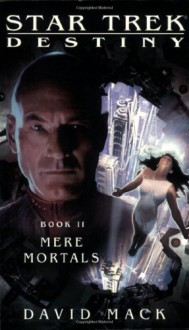

 Log in with Facebook
Log in with Facebook 
